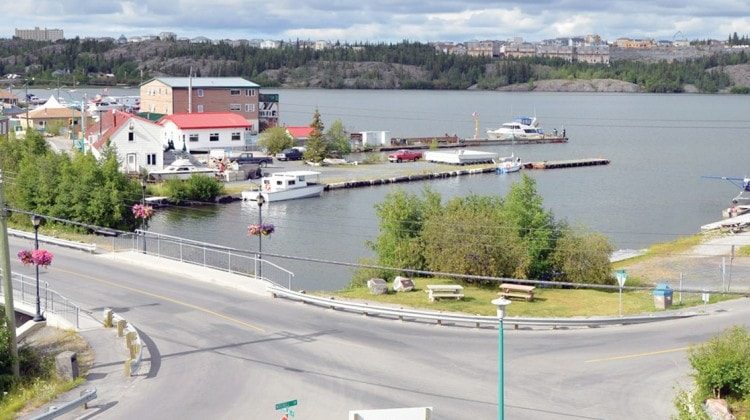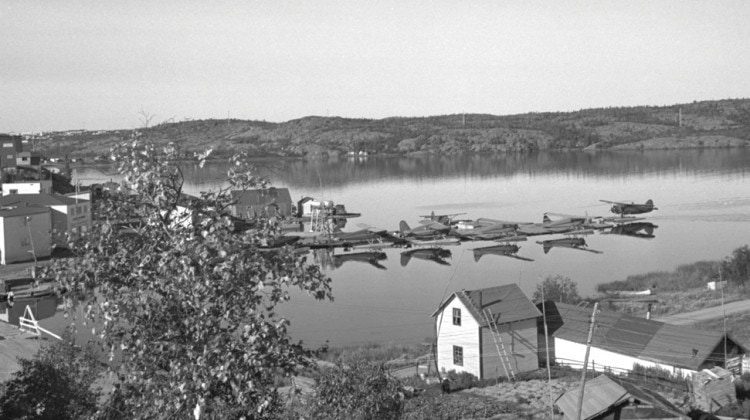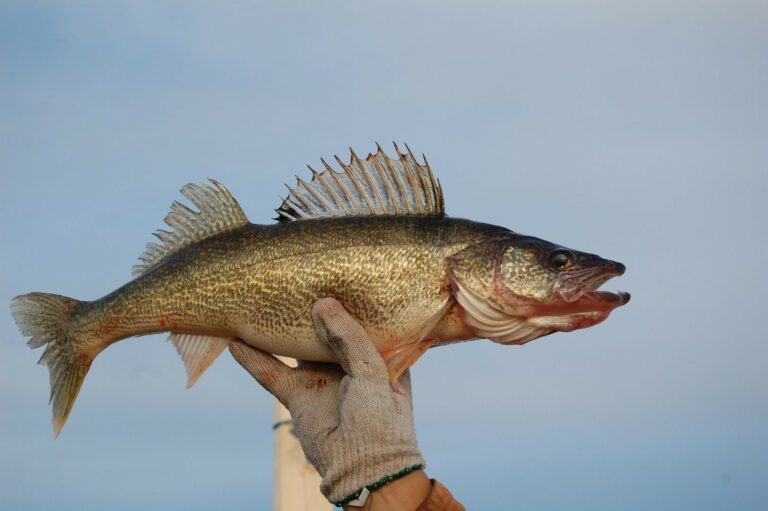

Modern-day photos by Courtney Holmes
A home that works
by Wayne Guy
Where most urban experiences are characterized by repetition, banality and homogeneity, Old Town stands apart, drawing people from around the world and across town to experience a unique place, which telegraphs its 80-year history. The patina of time and the quaint buildings nestled into the natural terrain, give rise to a dignity and harmony, which characterizes this community.
This delicate chemistry, and yes, it is delicate, is fostered by the important roles rock and water have played in the history and lives of the people. There is an appreciation and respect for surroundings that give inhabitants an overwhelming sense of community and belonging.
As an architect, Old Town is appealing from the perspective of the “genus loci” or the natural features – light, aromas and sounds which give rise to that “sense of place,” a unique signature which evokes memories and makes this place like no other. The smooth low-lying bedrock slipping into Yellowknife Bay, the crimson light of sunrise, and the perfect reflection of the brightly coloured houseboats on a summer evening, all characterize this.
As a developer, I work within the rich tradition of those who have come before me. I find Old Town, the place where Yellowknife started, an inspiring place to design and build. Colour, form, materials and history, coupled with a vibrant and diverse community, provide a powerful pallet to preserve, enhance and reinvent.
The preservation of old buildings with stories the length of one’s arm, and building new ones to serve the contemporary needs of the community, provides opportunity to revitalize the old to be relevant and new.
The life and vibrancy experienced in Old Town is attributed to the “real” economy of Old Town. On the commercial side, a community of miners, pilots, geologists, restauranteurs, store clerks and fisher people creates a strong inter-dependency in which each business supports the other for the good of the whole.
Those who live in Old Town, do so as a conscious decision. Old Towners have made a lifestyle choice for the love of the water and ice, or the desire to feel a part of their natural surroundings. They have come here for the beautiful difference in a world where difference is becoming heresy, and “big box stores” and track housing the norm.
In the recent Harbour Plan, southern planners told us that for Old Town to move to the next step, squatter shacks should be replaced with quaint clapboard and log cabins on a boardwalk reminiscent of Disney theme parks, selling trinkets and Ragged Ass Road signs.
This approach disregards the plurality and inter-dependence of the “real” economy, which is at the heart of Old Town culture and appeal. If embraced, it would spawn a monoculture that would make Old Town a pale shade of its former self, a scenic footnote for tourists. Imagine the Woodyard shack community as a vacated and static attraction, with a plaque posted “enter at your own risk.”
Rather than follow the vision of planning consultants who see virtue in wider roads and the nighttime illumination of every nook and cranny, we should keep in mind that community is about the people, their enjoyment of each other, and the connection to the natural environment. To lose sight of this is to relegate our future to a placeless existence where all is the same and nature is a three-hour drive away.


The City’s revised vision for the neighbourhood looks much like its past
by Jack Danylchuk
On the first sunny weekend of a long damp spring, visitors thronged Victoria’s Fisherman’s Wharf. They snacked on fish and chips and exotic ice creams bought from kiosks that line the dock, and strolled the wooden fingers that poke into the harbour, taking in a waterfront scene busy with kayakers, float planes and cruising pleasure boats.
Tucked away from Victoria’s theme-park downtown, the wharf is divided evenly between whimsical houseboats and remnants of the commercial fishing fleet that echoes an earlier era, when a cement plant, fuel dump, fish factories and a paint factory dominated the harbour.
There were no sleek condos crowding the rocky shore, no waterfront promenade for tourists and weekend strollers, no kayak rentals, cafes, hotels or water taxis. It was very much like Yellowknife’s Old Town waterfront is today – a topsy-turvy jumble of commercial, residential and industrial buildings, high-design and low-kitsch.
Today’s Fisherman’s Wharf looks a lot like the future that Toronto’s Planning Group sketched for Old Town, where the City has invested roughly a million dollars over the past two years to both rebuild the historic Wildcat Café and finance the now-spurned vision of the planners.
“It was a bit too broad in scope, too southern and unclear as to priority,” Mayor Gordon Van Tighem says of the rejected proposal. “Old Town should continue to be Old Town – a mixed-use area with residential, transportation, and as an historic area of interest to tourists. Hopefully, better maintained.”
Council found the five priorities put forward by the local Harbour Planning Committee “much more focused and potentially achievable,” Van Tighem says.
Contentious proposals – parks and residential development on Jolliffe Island, repurposing the Einar Broten Woodyard as an arts and crafts theme park, and corralling the ever-growing houseboat community and tethering it to shore – sank from view, but could re-surface in the future.
Yellowknife is among the last jurisdictions in Canada to take control of public docks formerly managed and maintained by the federal government, something the City did recently in negotiating a 50-year lease for the Government Dock.
But the neighbourhood’s crown jewel – the waterfront Johnson’s Building Supply property – remains in private hands and therefore outside the scope of any public plan for the area.
So far, City administration has also shown little appetite for repelling private encroachment on public land by docks built on Back Bay and along McMeekan Channel between the mainland and Latham Island.
The proposal to construct float plane docks on Back Bay, in time for an event this summer, ran into immediate resistance from Morrison Drive property owners whose yards abut the swampy willow flats between Watt Drive Park and Lessard Drive. They have long regarded the public land as their private preserve and, until now, the City has not challenged that view.
“The waterfront plan purposefully engaged many interests,” Van Tighem says. “Like any public process, some citizens will not support all the recommendations. Others have indicated a complete support. That’s how democracy works and this process has been highly democratic and inclusive.”
Key blocks of Old Town and its waterfront are privately owned, much of it sternly fenced, and jealously guarded against any public incursion. Van Tighem hopes private land owners will be persuaded to “work with the City to redevelop their property into an even more vibrant and interesting Old Town.”
“The public interests in this plan have been articulated in the poll done for the process. The private interests have also had their say,” says Van Tighem. “Although there are strongly held views, I believe the process has drawn a roadmap forward for the City on these matters.”
A longtime Old Town resident, Van Tighem will retire this fall after a dozen years as mayor. His preferred method has been to cajole and negotiate rather than confront and litigate. This is, after all, a small town. But diplomacy takes time, so it may be a while before Old Town’s future arrives.
Five Harbour Planning Committee priorities accepted by Mayor and Council
• Place greater emphasis on exercising City enforcement authority and responsibility to maintain existing public open spaces
• Seek jurisdiction of the harbour and ownership of the Government Dock
• Improve Old Town’s waterfront parks
• “Pursue” creation of a marina at the former Giant Mine townsite or Mosher Island
• Build a float plane dock for resident and visiting aviators on Back Bay
Mayoral Candidate Musings
Mark Heyck
As someone who was born and raised here, I’m partial to the character of the neighbourhood as it is now. I think the City can encourage more access to the waterfront. The fact that Yellowknife sits on Great Slave Lake is such a huge potential benefit to the community that I think we have a responsibility to try and figure out how we can open some of those areas in Old Town, not only for tourists, but for residents, in particular.
We’ve had a Harbour Plan come forward and that has a very long-range perspective on the waterfront and Old Town. We identified five priority areas. Let’s see how we do and then, as some of these things get knocked off, we can look at other areas of the plan.
The Government Dock is one of the five priority areas; the City is now negotiating with the federal government for a long-term lease. It’s a small area but it has incredible potential to be a fantastic small waterfront park where any resident will have access and a nice place to be with their family.
Look at Civic Plaza. When the Gerry Murphy arena was there, you never envisioned anything different. To look at it now on an evening or lunch hour, it’s filled with people. That’s a shining example of how the city can take action to invest in amenities that have a concrete impact on quality of life.
With the former Johnson’s property, it’s a question of the price that’s being asked. The Johnson’s land is very desirable, but it’s also not cheap and it’s a matter of what the City can afford to do. I think there is an appetite to look at that in the future, but nothing pending.
Tim Doyle
I think it’s being developed according to what the owners of the land want to see down there. There is a lot of nostalgia and some new touches like the Gino Pinn condominiums. You’re going to see smaller businesses down there, artists, folks who want to be there. It’s a good walking community; it’s a close-knit community. I’m not sure what will happen with land development there, long-term.
Les Rocher owns a lot of the land, so it’s up to him really, to say what he wants to do. I always joked with him that the old lumber yard there would make a fantastic spot for a convention centre with float plane fly-ins just like they have in Vancouver. Maybe it should be a park, but it’s his land, and as mayor, it’s not my job to tell someone what to do with the land.
I think the City has to engage the developers. For the last number of years, it has been the City coming in and telling them what to do with their own land. The only thing that does is get their backs up. We need to engage them and get them back to the planning table. We need to let them know what we need in the city for the next number of years, so they can see how they fit in there.
Les feels close to his heritage there; he grew up in Old Town and he wants to protect it. I understand that. He doesn’t want to see it bulldozed to make way for a 20-storey tower. I would definitely be having those conversations with Les to see if he wants to swap (Johnson’s).
Paul Falvo
Old Town has fantastic character; it’s one of the things that makes Yellowknife the special place that it is. It’s been doing that without the City’s direction, so we need to stay out of it as much as possible. Old Town is Old Town.
There are areas, though, that could be cleaned up. In some cases you can’t even see the buildings because there are so many dead cars. Some people think that adds character, but I think there is a line. It’s time to clean that up to preserve the things that attract.
I would like to see greater public access to the waterfront. I remember my very first evening in Yellowknife, I wanted to see the lake and I couldn’t find it. I knew it was out there, but I couldn’t find an access point. There are node parks and little bits, but I think we can do more. A Latham Island boardwalk needs to be pursued. That will anger some people, but I think people can’t expect to privatize public land.
The privatization of public land is not an isolated phenomena. You have to look carefully before we act. I don’t think there’s a one-size-fits-all solution. We also have squatters shacks that add a lot to the character, and some are paying taxes. We have to look at each on its own merit.
The low-hanging fruit
Not all Old Town improvements have to cost millions of dollars. Here are just a few EDGE YK recommendations of projects for today (or tomorrow morning) to make the place a little more awesome:
Willow Flats Boardwalk
Rotary Club volunteers have performed yeoman service, but it’s time to complete the long-promised link between Rotary Park, the WoodYard and SnowKing Point. We have nothing to lose but inertia.
Back Bay Boardwalk
Take the proposed float plane dock on Back Bay a step further with a boardwalk from Watt Park to McMeekan Channel. Think fingers, secured with locking gates, poking into Back Bay with ample rental spaces for residents and visitors.
Ski Shelter
Two small buildings at the end of Lessard Drive on Back Bay are slowly falling into ruin. They would make excellent winter shelters where skiers and hikers could stop for a hot drink on a cold day.
Einar Broten Woodyard
Some of the Woodyard shacks could be replaced with small structures – not more than 150 square feet – that demonstrate the efficiency of new building, heating and waste management technologies and wherever possible, use recycled material. They would shelter visiting artists and the city’s artist-in-residence program.
Hidden Pocket Parks
Why have we not added firepits and grills to the beautiful, but largely unknown, and seldom-used waterfront parks on Latham Island? While we’re at it, why not mark the public swaths of land on the island? Have a look at the City Explorer tool at yellowknife.ca to see what we’re talking about.
For more real estate stories, the city’s best rental board and property listings, visit Property North




